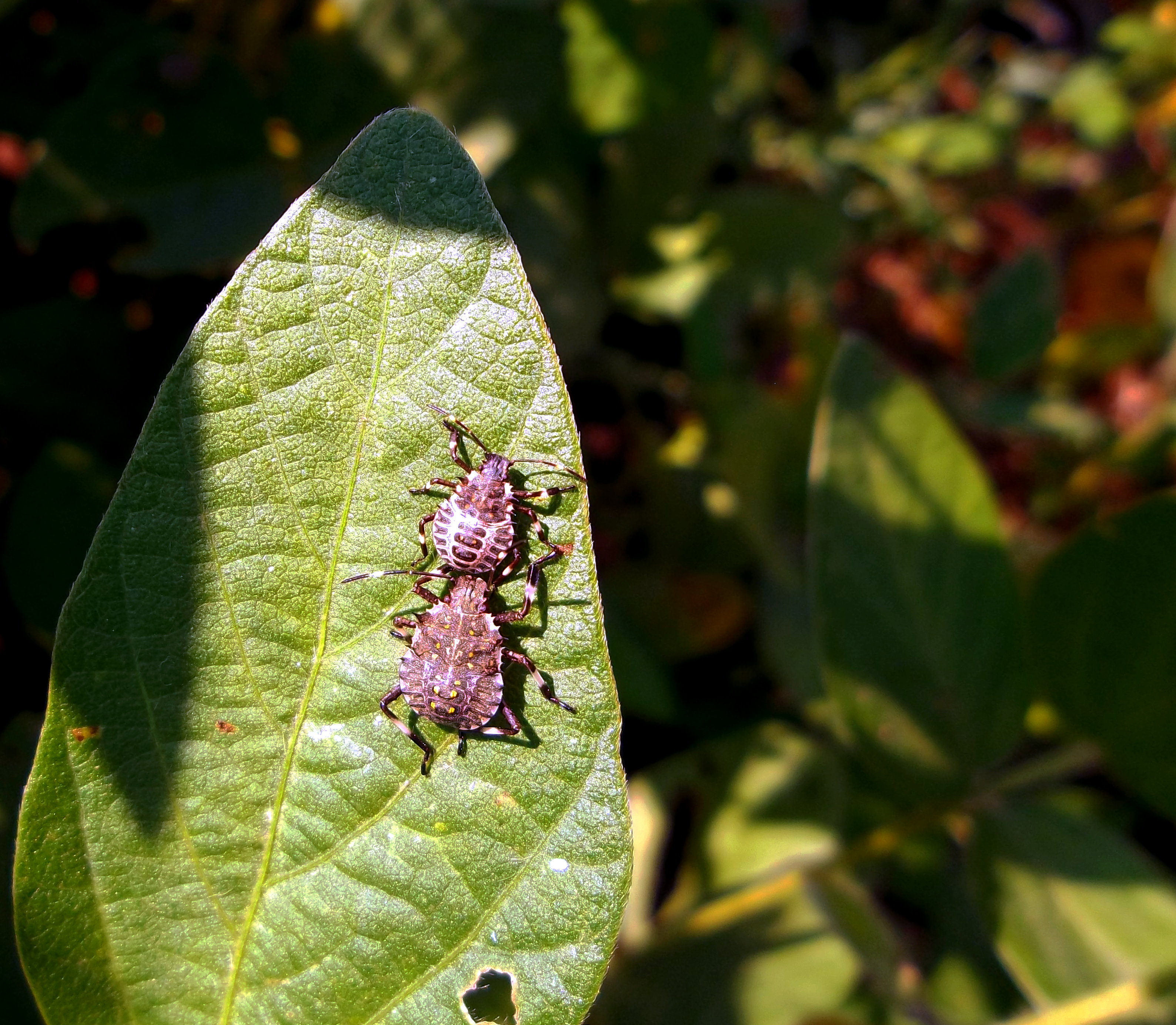Temperature affects the size and location of stink bug populations more than other relevant factors, with heat deterring invasive stink bugs but not native varieties, a new study involving University of Maryland researchers found.
Dilip Venugopal, a former university entomology researcher and current American Association for the Advancement of Science technology and science policy fellow at the Environmental Protection Agency, said multiple factors can impact an insect species’ presence and abundance in a given environment. The results of the study were published in February in the scientific journal PLOS ONE.
“It’s a mix of how an organism can adapt to climate conditions, what it can eat, how much can it move around,” Venugopal said. “In the context of stink bugs … we wanted to know at what scale do these factors operate … and how does it differ between the native and the invasive species of stink bug.”
Six researchers looked at trends among both native species of stink bug and the invasive brown marmorated stink bug to see how the interaction between and the availability of resources and temperature affected the bugs’ populations, Venugopal said. They looked at about 330 soybean fields in the Mid-Atlantic region, including in Maryland, Delaware and Virginia, and investigated factors such as landscape, resource availability and bioclimate conditions on multiple scales, he said.
“Temperature gradient has implications for how well stink bugs can do in an area,” Venugopal said. “We found temperature is a key factor that sort of structures how many are found in a broad area.”
Using data from about 430 weather stations located throughout the Mid-Atlantic region, these researchers were able to align temperature conditions and ranges with data on the number of stink bugs present, he said.
“For brown marmorated stink bugs, it is temperature that most affects where they are found and how many are found,” Venugopal said. “Numbers decreased with increasing [summer] temperatures. The higher the temperature, the fewer brown marmorated stinkbugs were found.”
On the other hand, native stink bugs had a higher tolerance for warmer conditions, he said. The data showed that as temperature increased, there were more native stink bugs present.
This research is relevant because brown marmorated stink bugs are becoming a global pest, Venugopal said. They originated in Japan, South Korea and China, but have since spread to 42 states throughout the United States and 10 countries in Europe. They are being intercepted in parts of Australia as well.
“Understanding spatial patterns and interactions of climatic patterns and resource availability will, broadly, help us manage species,” Venugopal said. “Looking at temperature conditions, we can judge how well they might do in an area and the likelihood of them becoming a pest in that area.”
In addition to rapidly becoming a global pest, these bugs can also be economically damaging.
Stink bugs eat and inject saliva into plants, which causes a crop’s tissues to break down and reduces the crop’s value, said entomology professor William Lamp.
“By understanding the biology and ecology of stink bugs, we can predict where, when and how the bugs will damage our crops,” Lamp said. “Our research demonstrated how the relative temperatures during the summer can impact stink bugs. … [It also] demonstrated that forests in the landscape often lead to more stink bug problems in crops. We can use this information to assess the risk associated with stink bugs on our crops based on weather and landscape conditions.”
When brown marmorated stink bug populations exploded in 2010, many farmers experienced serious economic injury to their crops, said Tracy Leskey, a research entomologist at the U.S. Department of Agriculture who was not involved with this study. Since then, populations everywhere have fluctuated greatly.



